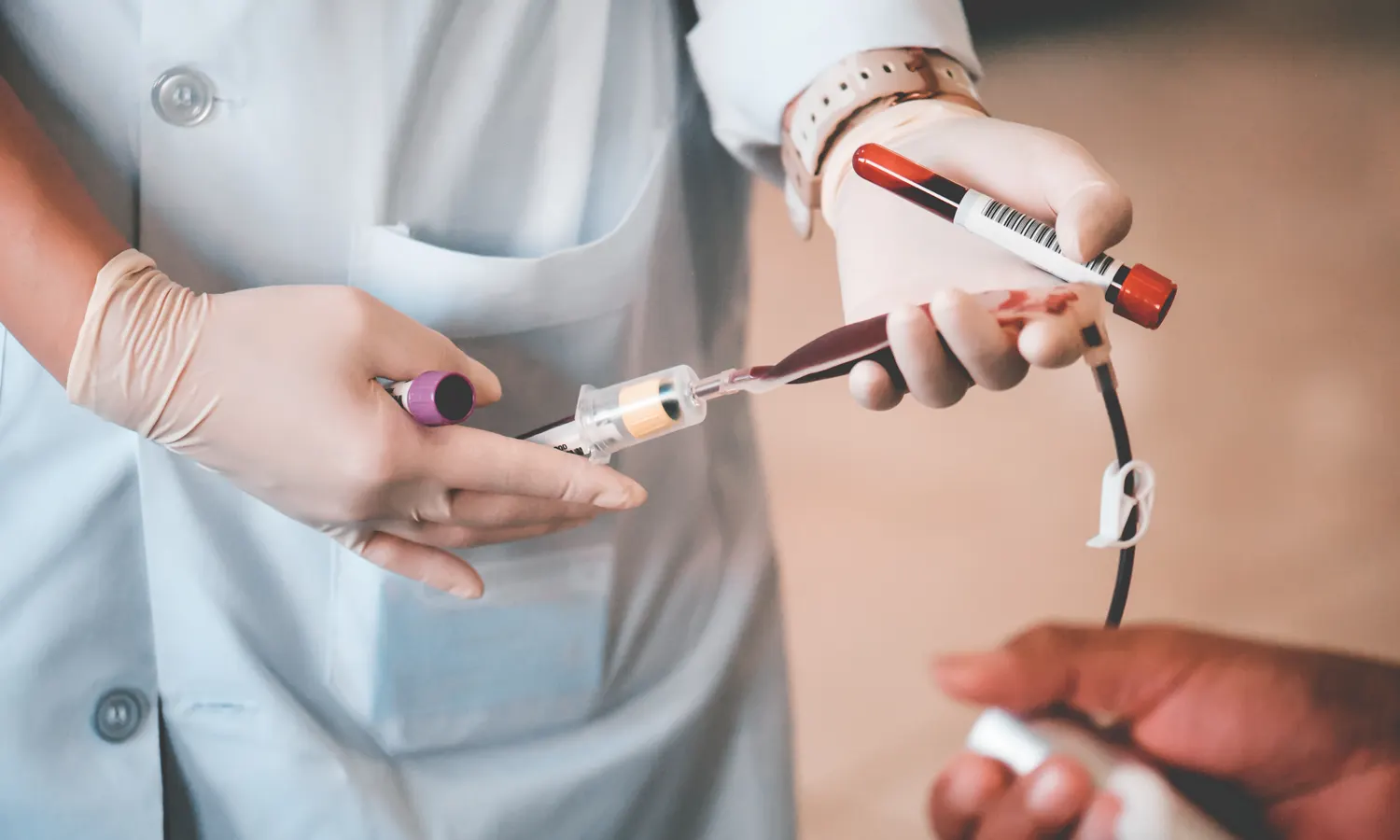Hematology, a multifaceted branch of medical science, is dedicated to the comprehensive understanding, diagnosis, and treatment of disorders affecting the blood and blood-forming organs. The discipline encompasses a vast array of conditions, ranging from benign to malignant, making hematologists indispensable in addressing a diverse spectrum of diseases.
Benign Diseases
Thrombotic Thrombocytopenic Purpura (TTP)
A rare blood disorder characterized by the formation of small blood clots throughout the body, leading to a low platelet count.
Manifests with symptoms like fever, neurological abnormalities, and kidney problems.
Immune Thrombocytopenic Purpura (ITP)
An autoimmune disorder causing a low platelet count due to the immune system attacking platelets.
Presents with easy bruising, petechiae, and in severe cases, internal bleeding.
Mediterranean Anemia (Thalassemia)
A hereditary disorder affecting hemoglobin production, prevalent in regions surrounding the Mediterranean Sea.
Subtypes include alpha and beta thalassemia, each with varying severity and treatment approaches.
Malignant Diseases
Leukemia
A group of blood cancers originating in the bone marrow, leading to an abnormal production of white blood cells.
Types include acute lymphoblastic leukemia (ALL), acute myeloid leukemia (AML), chronic lymphocytic leukemia (CLL), and chronic myeloid leukemia (CML).
Symptoms range from fatigue and unexplained weight loss to frequent infections.
Organ Involvement
Beyond addressing blood-related issues, hematologists are essential in managing diseases affecting vital organs involved in blood formation, such as lymphatic organs (lymph nodes and spleen) and bone marrow.
Multidisciplinary Approach
- Hematologists employ a collaborative approach, engaging with various medical departments to ensure a comprehensive understanding and treatment of blood disorders.
- Cooperation with medical and radiation oncology departments.
- Integration of nutrition programs and psychological support through dietitians.
- Emphasis on the significance of bone marrow transplantation, necessitating well-equipped units and an experienced hospital team.
Overview of Hematology
Hematology delves into diseases related to blood-forming organs, such as the spleen and bone marrow. The field's categorization of diseases into benign and malignant conditions underscores its complexity and the need for specialized knowledge.
Benign Conditions
- Anemia, a condition characterized by a reduction in the number of red blood cells or hemoglobin, leading to decreased oxygen transport.
- Bone marrow deficiencies impacting the production of various blood cells.
- Sickle cell anemia, a genetic disorder causing abnormal hemoglobin production and distorted red blood cells.
- Mediterranean anemia (Thalassemia), a hereditary disorder affecting hemoglobin production, particularly prevalent in Mediterranean regions.
Malignant Conditions
Leukemia types, ranging from acute forms that progress rapidly to chronic forms with slower progression.
Multidisciplinary Approach
Collaboration with diverse medical departments to ensure a holistic approach to diagnosis and treatment.
Treatment Emphasis
Emphasis on bone marrow transplantation as a significant treatment modality.
The critical role of well-equipped units and an experienced hospital team in delivering effective care.
Blood Disorders
Blood-related disorders present a complex interplay of conditions affecting the production, destruction, and functionality of blood cells. This intricate web encompasses:
- Disorders affecting the production of blood cells or hemoglobin, resulting in conditions like anemia, thrombocytopenia, and leukopenia.
- Accelerated destruction of blood cells leading to diseases like hemolytic anemia and immune thrombocytopenic purpura (ITP).
- Functional abnormalities in blood cells contributing to diseases such as sickle cell anemia.
- Clotting disorders such as von Willebrand disease and hemophilias.
- Blood clotting within the circulatory system, causing conditions like pulmonary embolism, thrombosis, and thrombophlebitis.
- Cancerous transformation of bone marrow cells and lymph gland cells, leading to diseases like leukemia, lymphoma, and myeloma.
Common Hematological Diseases
Hematologists routinely encounter a range of diseases, each necessitating a nuanced understanding of symptoms, diagnosis, and treatment methods.
Anemia
- Anemia results from a decrease in hemoglobin molecules responsible for oxygen transport within red blood cells.
- Various causes include iron deficiency, known or unknown bleeding, and decreased blood iron levels.
- Symptoms encompass fatigue, weakness, and pale skin color.
Thalassemia (Mediterranean Anemia)
- A genetic disease impacting hemoglobin production, particularly prevalent in the Mediterranean region.
- Subtypes include alpha and beta thalassemia, with carriers experiencing mild anemia and severe cases requiring regular blood transfusions.
- Symptoms include fatigue, pale skin color, leg ulcers, darkening of the skin, delayed growth, dark urine, and facial bone deformities.
Leukemia
- Also known as blood cancer or bone marrow cancer, leukemia arises when cells responsible for blood production in the bone marrow become cancerous.
- Acute and chronic types exist, with various subtypes each presenting distinct challenges and treatment approaches.
- Treatment may involve chemotherapy or stem cell transplantation, with prognosis varying based on the leukemia type.
Symptoms of Hematological Diseases
While each disease presents specific symptoms, general indicators of blood disorders encompass a range of manifestations:
- Fatigue during physical activity.
- General weakness and fatigue.
- Frequent infections.
- Bleeding even with mild trauma.
- Prolonged bleeding and difficulty clotting.
- Unexplained fever.
- Presence of lymph nodes in the neck, armpit, or groin.
- Sudden painful swelling in the entire leg or below the knee.
Diagnosing Hematological Diseases:
The diagnostic process for hematological diseases involves a meticulous and detailed approach to ensure accurate identification and effective treatment.
Medical History and Physical Examination
A thorough investigation to gather pertinent information about the patient's background, family history, and presenting symptoms.
Detailed physical examination, focusing on potential signs related to blood disorders.
Laboratory Tests
- Comprehensive blood tests, including a Complete Blood Count (CBC) to measure blood cells and hemoglobin levels.
- Analysis of hemoglobin subtypes, microscopic examination of blood (peripheral smear), and bone marrow aspiration and biopsy for deeper insights.
- Examination of B12 vitamin, iron, and folate levels, along with clotting tests and functional evaluation of blood cells.
- Investigation into proteins produced by the immune system cells.
Radiological Imaging
Utilization of imaging techniques to gain insights into organ involvement, complementing the laboratory findings.
This thorough diagnostic process ensures a holistic understanding of the patient's condition, allowing hematologists to tailor treatments based on precise information. The multifaceted nature of hematology underscores the importance of expertise, collaboration, and ongoing research in advancing the field and improving patient outcomes.

